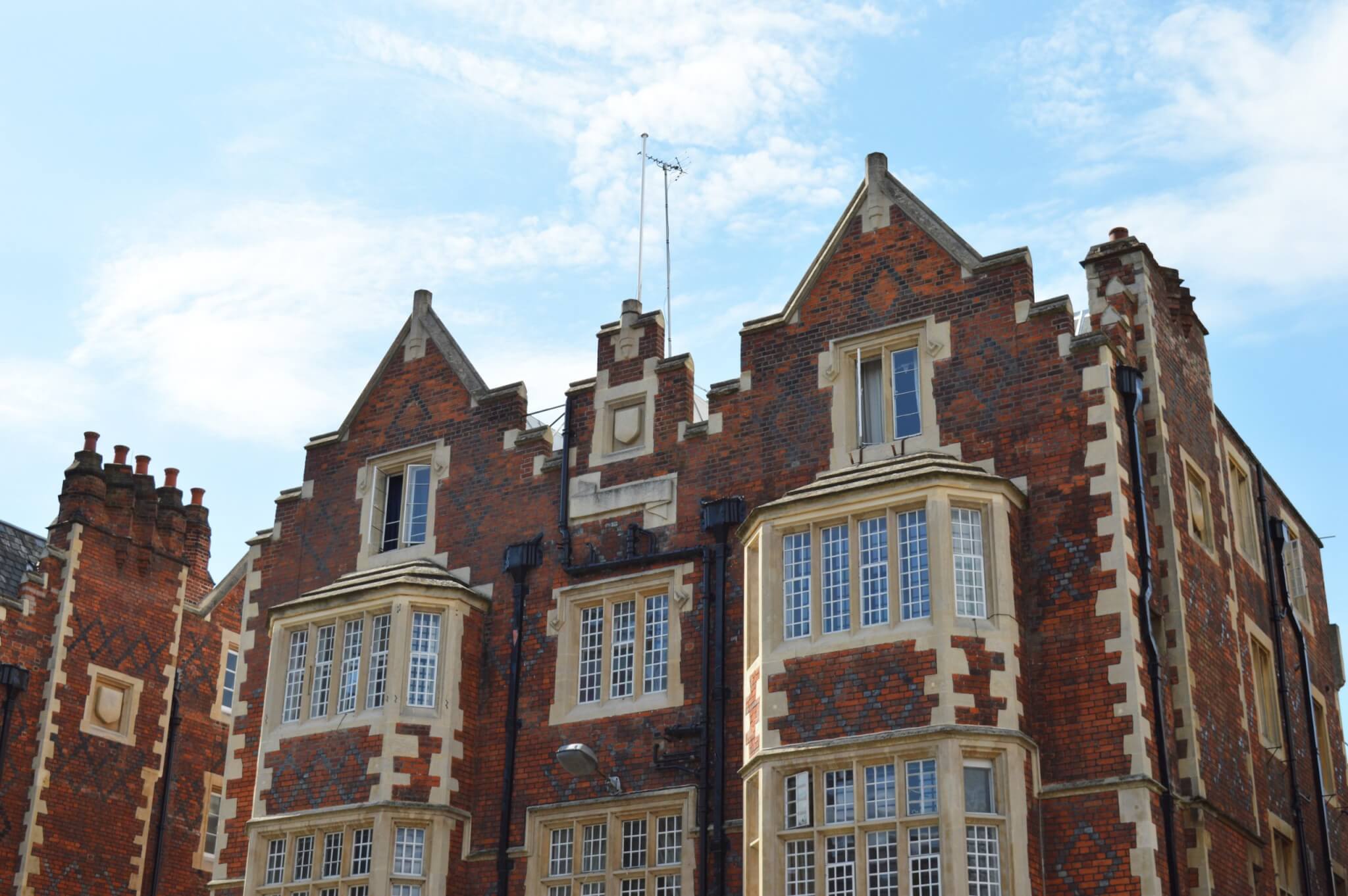As anticipated the Government has now issued its policy advice and draft legislation to remove the current charitable exemption from charging VAT by private schools (or persons connected to a private school). The announcement has been coupled with a statement that the charitable business rates relief (typically 80% of the full business rates liability) for private schools will also be removed. The Government has suggested that the increased costs should be assimilated by the private school provider, but it seems inevitable that fees payable by parents and carers will increase.
The changes are likely to take effect by 1st January 2025 in respect of charging VAT and 1st April 2025 for the change to business rates relief. Those hoping to have used the window before the changes become effective to pre-pay future years fees will be disappointed as the changes will be applied retrospectively for any payment made after 29th July 2024, the date of the policy announcement. Given this has been a central plank of the new Government’s election manifesto, it is likely robust steps will be taken to crack down on any tax avoidance attempts.
There is no doubt as to the Government’s intentions behind the changes, being both ideological and financial. However, its likely there will be unintended consequences.
First, those private schools already struggling to cover costs may face a threat to their very existence. It should be remembered that 50% of private schools are charitable meaning fees aren’t lining the pockets of proprietors and investors but by law are ploughed back into the provision or used for other charitable purposes. The Charity Commission expects charity trustees to operate with only minimal surpluses or reserves, so there may well be little opportunity for providers to manage their affairs in the short-term resulting in an increased risk of organisation failure.
Second, for many parents a private school may be the only option because of a lack of suitable state funded provision. This particularly affects those seeking a religious education or children with special educational needs. Over 85% of Muslim schools are private and the vast majority of those are small 1 form entry primary schools, charging less than £4,000 a year, which is lower than the typical per pupil funding allocation for state funded schools. The simple lack of state funded Muslim schools has forced many to rely on private provision, with families already struggling on the breadline to afford fees.
A similar issue affects those “choosing” a private school because of a need for specialist provision. Whilst the guidance acknowledges that special educational needs places in private schools funded by local authorities will be VAT neutral because of the LA’s ability to recover any VAT paid under the statutory Section 33 scheme, this will only be the case where the Education and Health Care Plan (EHCP) names the private school as the only possible provider. This is only a consideration when there is a shortage of suitable places in state funded schools, but local authorities are generally very reluctant to make such a provision given the cost. The real issue, however, is the now very serious challenges in the system of getting an educational needs assessment and then waiting for the issue of an EHCP. On average these can take up to a year and more like two or three years if challenged, given the current backlog at the SEND Tribunal – another area where significant Government support is needed. This problem is only likely to get worse as the scramble for limited places in heavily oversubscribed state schools intensifies.
Third, whilst in theory both the marketplace and those with statutory school place planning obligations are constantly adapting to localised demographic fluctuations, change naturally occurs very slowly. Small scale physical expansion of a school takes at least a year from planning to implementation and quite often considerably longer, if it’s even possible given site constraints. Opening new schools (in the right places) is also fraught with challenges. The previous Government’s flagship free school programme had run into the ground and the last round announced before the election was called was focussed only on new special schools. Certainly, we may see more requests from private school providers to convert to academy, or to publish proposals to open a maintained voluntary school or to sponsor a new free school (raising the question again of removing the 50% cap on faith-based admissions for free schools). It remains to be seen whether the new Government will follow the same path or do something different.
The Government’s guidance acknowledges that there will be an impact for some pupils and families facing possible displacement but justifies this on the basis of it likely affecting “only” 1% of the school population, whilst acknowledging that means 40,000 pupils. That’s a lot of disruption for an already severely stressed system.



